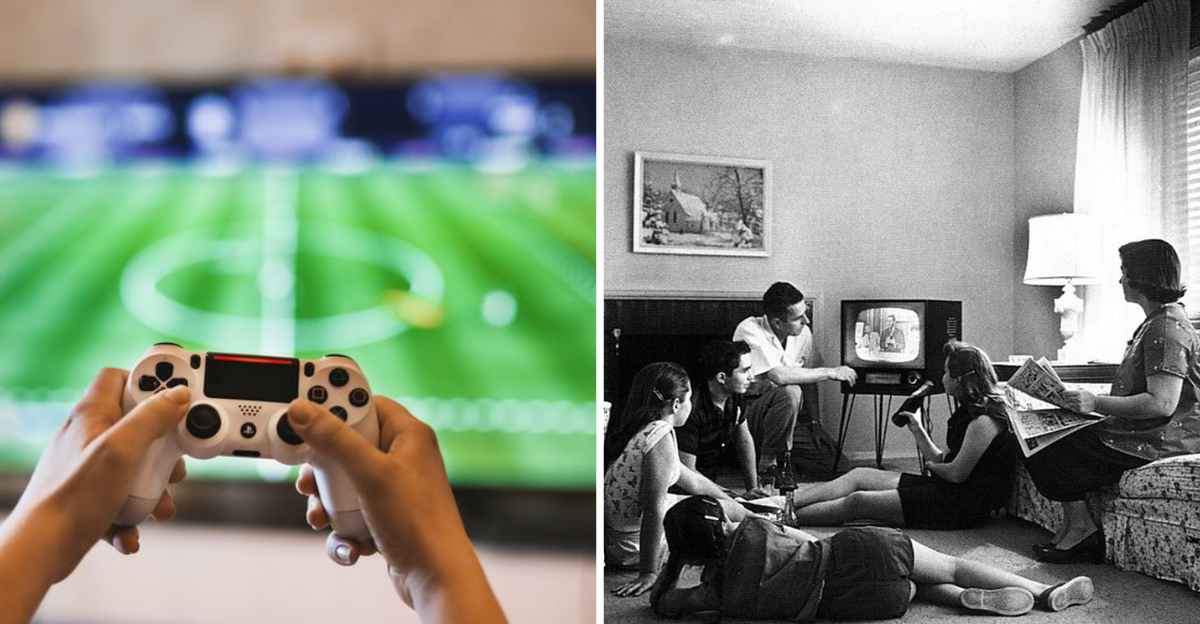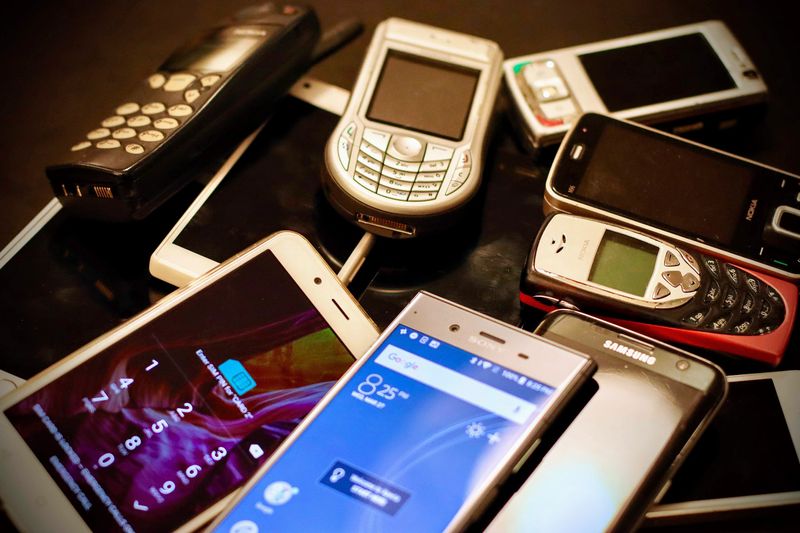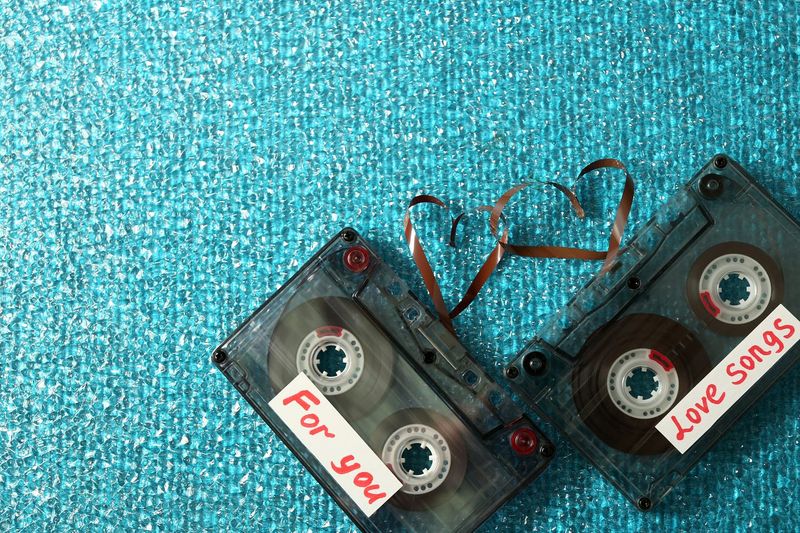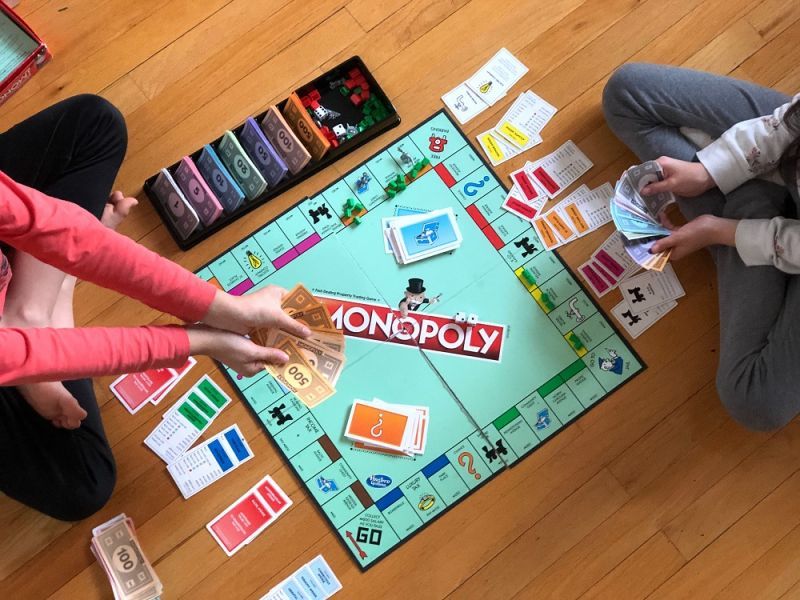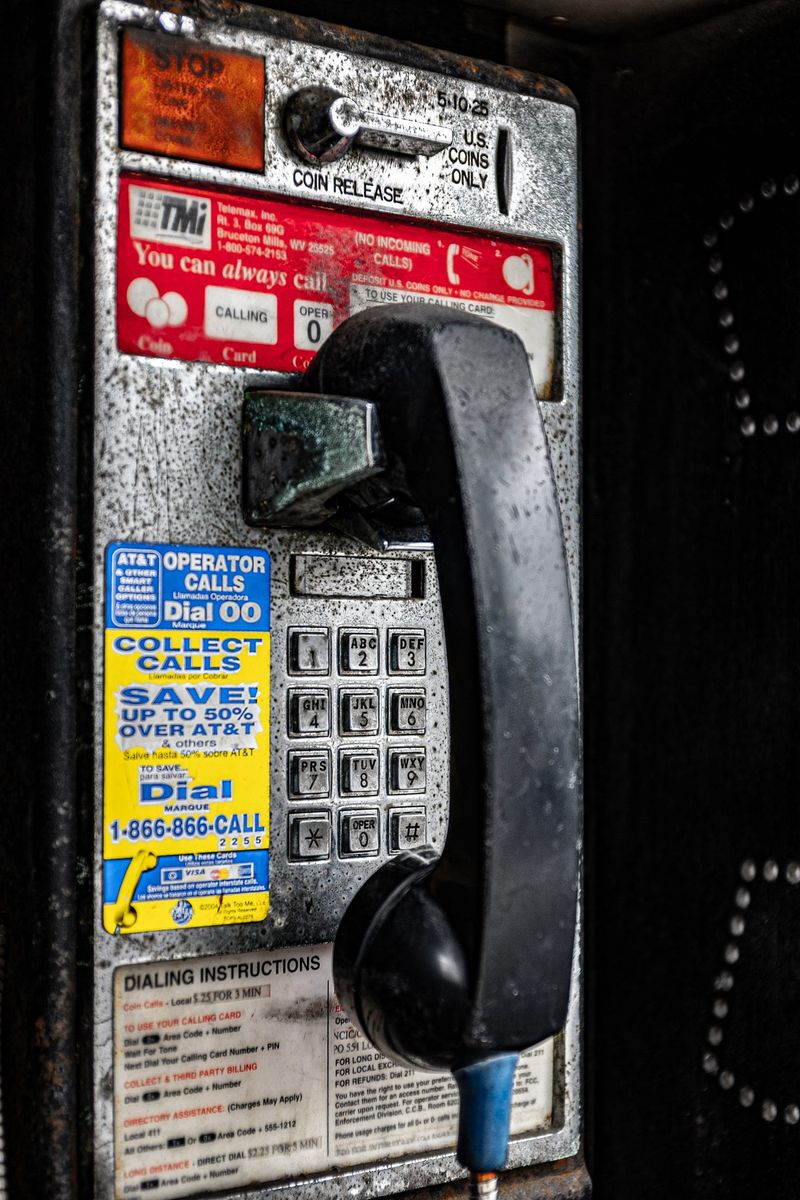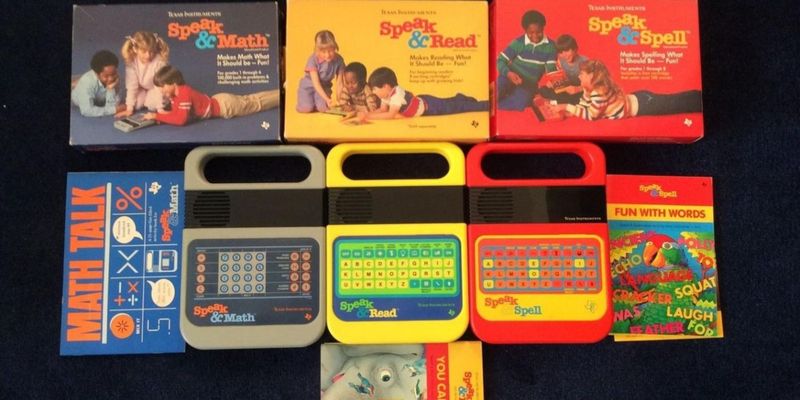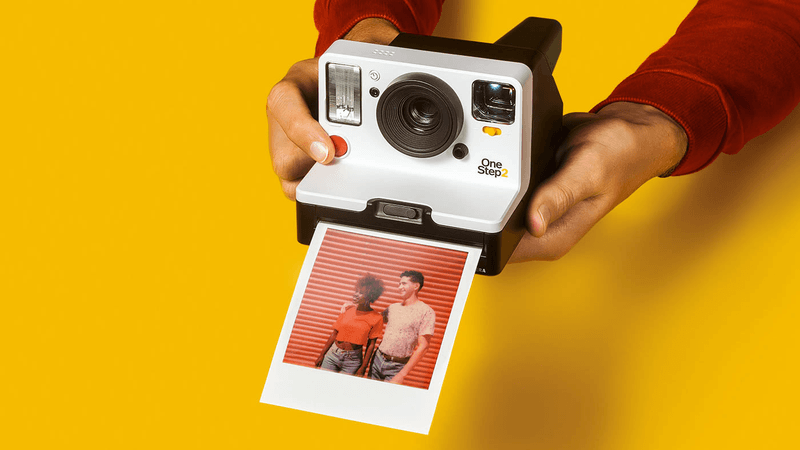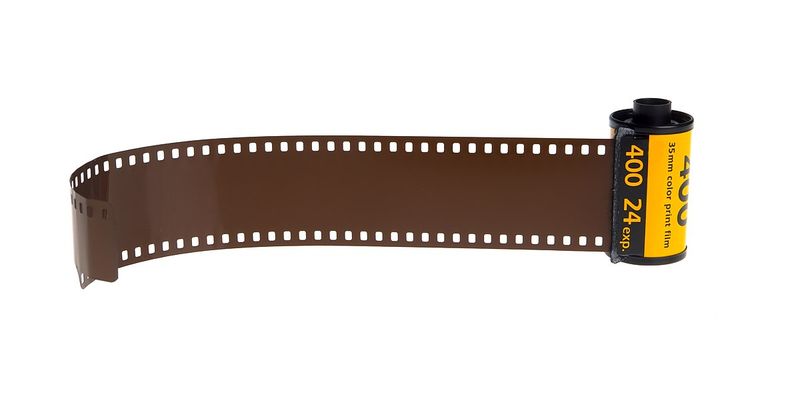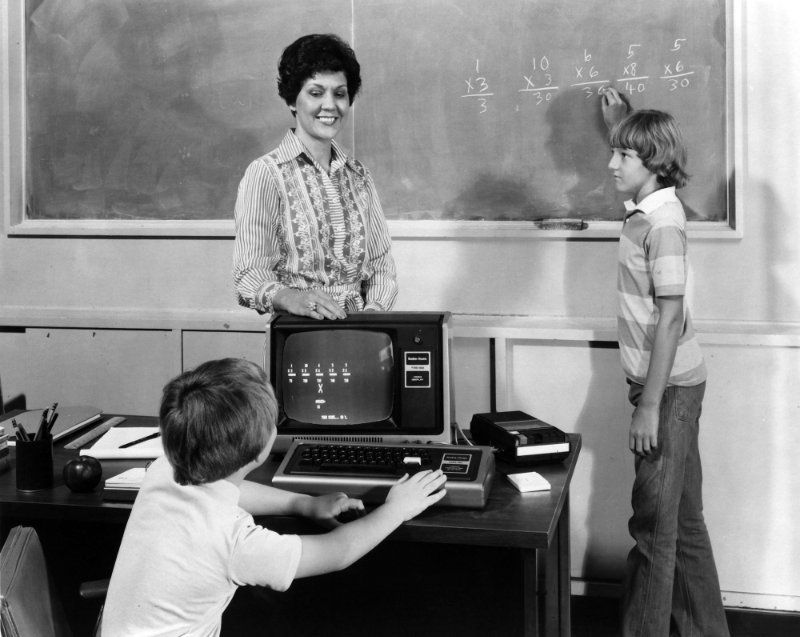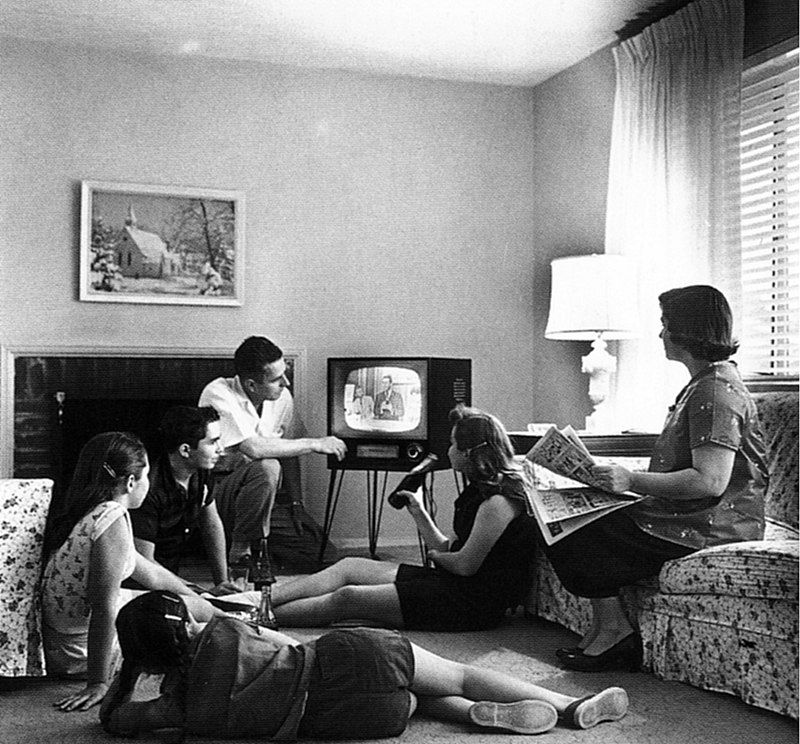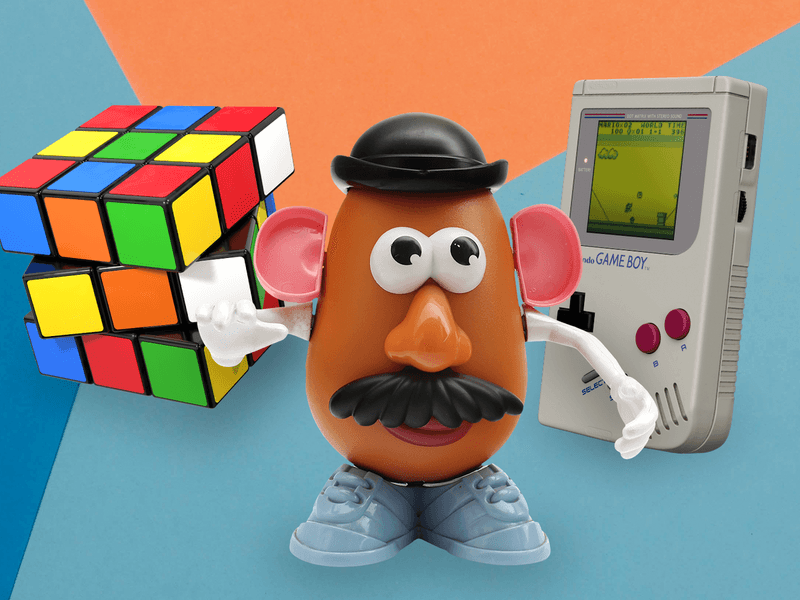Nostalgia for the 1980s runs deep—and for good reason. If you grew up back then, your childhood likely looked very different from what kids experience today. From tech (or the lack thereof) to how we played, here are 15 big differences between childhood in the ’80s and today.
1. Screen Time vs. Outside Time
Back in the 1980s, childhood adventures were defined by boundless outdoor play. Biking through neighborhoods and constructing imaginative forts occupied countless joyful hours. The outdoors was a vast playground, filled with laughter and boundless imagination. Fast forward to today, and screens have claimed a significant share of playtime. Tablets, smartphones, and video games dominate, offering virtual adventures at the expense of outdoor escapades. While technology unlocks new worlds, it often leaves real-world adventures to gather dust. The contrast between sunlit streets and glowing screens couldn’t be starker.
2. Saturday Morning Cartoons
Saturday mornings in the ’80s were a sacred ritual. With pajamas on and cereal bowls in hand, kids eagerly gathered around the TV for a marathon of cartoons. These moments were a cherished weekly highlight, sparking joy and laughter. Today, the magic of Saturday mornings has evolved. Streaming services have made cartoons available anytime, eliminating the wait for the weekend. While access to endless entertainment is convenient, it lacks the anticipation and tradition that once made Saturday morning cartoons so special. The nostalgia for those unhurried mornings lingers.
3. No Cell Phones
Remember memorizing phone numbers or jotting them down in address books? In the ’80s, reaching friends meant dialing landlines, often interacting with parents first for a friendly chat. Today’s kids, however, have their own smartphones, with instant access to texting and video calls. Connecting is seamless, but the charm of a personal touch, like a handwritten note, fades. The evolution from rotary dial to touchscreen is stark, reflecting a shift in how connections are forged. This digital age offers convenience, yet sometimes misses the warmth of personal communication.
4. Freedom to Roam
In the carefree ’80s, kids roamed freely, exploring neighborhoods with minimal supervision. The simple rule, “Be home before dark,” was a testament to trust and independence. Today, the landscape has changed. Increased safety concerns have ushered in the era of helicopter parenting. Kids are more closely monitored, their explorations limited to safe, supervised environments. While security has improved, the spirit of adventure has been curtailed. The shift in parenting styles reflects broader societal changes, highlighting a tug-of-war between freedom and safety that defines modern childhood.
5. Mix Tapes vs. Playlists
Crafting mix tapes in the ’80s was an art form. Teens meticulously curated songs, recording them from the radio with patience and precision. These tapes were tokens of affection, often gifted to friends or crushes. In contrast, today’s music lovers create playlists with a few taps on Spotify. While digital playlists offer endless possibilities and instant gratification, they lack the personal touch of a homemade tape. The joy of waiting for a favorite song to play on the radio, and catching it just in time, is a nostalgic memory of a bygone era.
6. Board Games and Card Games
Game nights in the ’80s were vibrant, face-to-face affairs. Families gathered around tables, engaging in spirited rounds of Monopoly, Uno, or Operation. These games fostered connection, laughter, and friendly competition. Today, digital games often replace physical ones. Multiplayer experiences span across time zones, connecting players virtually. While technology expands the gaming universe, it sometimes lacks the tangible warmth of shared moments around a table. The shift from tactile to digital reflects broader technological trends, reshaping how families play and bond.
7. Encyclopedias vs. Google
For ’80s kids, encyclopedias were the gateway to knowledge. Researching school projects meant flipping through hefty volumes, uncovering information page by dusty page. Today, Google, Wikipedia, and AI offer instant answers at the click of a button. This digital age provides unprecedented access to information, revolutionizing learning. The tactile experience of turning pages has given way to screens, offering efficiency but sometimes at the cost of depth. The evolution from physical to digital reflects a broader shift in how knowledge is accessed and consumed.
8. Calling Collect
Remember the thrill of calling collect from a pay phone? In the ’80s, lacking quarters meant relying on collect calls, hoping someone would answer and accept the charges. Now, pay phones are relics, replaced by smartphones that offer video calls and instant connectivity. Kids today can’t fathom the concept of a collect call, with communication available at their fingertips. The transition from pay phone booths to pocket-sized devices underscores the dramatic technological leaps that redefine how we stay connected.
9. Toys with Simpler Tech
Toys in the ’80s sparked creativity with simplicity. Lite-Brite, Speak & Spell, and View-Master were cherished companions, encouraging imagination through tactile play. Today’s toys are technological marvels, featuring AI-powered robots and VR headsets. While these gadgets offer immersive experiences, they often overshadow the charm of simpler times. The evolution from basic to complex toys reflects broader technological advancements, offering new possibilities but sometimes at the expense of fostering creativity. The tactile joy of inserting a Lite-Brite peg is a nostalgic reminder of a cherished past.
10. Polaroids and Film Cameras
In the ’80s, capturing memories meant using Polaroids or film cameras. Each photo was precious, requiring careful consideration before the shutter clicked. Modern photography is instant and abundant, with smartphones capturing countless images daily. While digital photos offer convenience, they often lack the anticipation and significance of film. The tangible excitement of shaking a Polaroid or waiting for film to develop is a nostalgic experience, contrasting with today’s digital immediacy. The shift reflects broader changes in how we document and cherish our lives.
11. Waiting for Photos to Develop
In the ’80s, developing photos was an exercise in patience. Families eagerly awaited the results, reliving memories as pictures gradually emerged from film. Today, instant previews and digital filters define photography. The immediacy is convenient, yet the anticipation and excitement of seeing photos develop is often missed. The ritual of flipping through a newly-developed photo album is a nostalgic memory. This shift from delayed gratification to instant access reflects broader changes in society’s approach to capturing and savoring memories.
12. School Without Tech
Schools in the ’80s were tech-free zones. Chalkboards, overhead projectors, and paper worksheets were staples, shaping a tactile learning experience. In today’s classrooms, technology reigns. Smartboards, tablets, and Google Classroom have transformed education, offering interactive and engaging learning. While digital tools enhance education, they sometimes overshadow the simplicity and focus of traditional methods. The progression from chalk and paper to screens reflects a broader shift in how information is delivered, highlighting the balance between innovation and timeless teaching practices.
13. TV Was a Shared Event
In the ’80s, TV was a communal experience. Families gathered around a single screen, sharing laughter and stories through a shared viewing schedule. Today, personal screens have fragmented this experience. Multiple devices allow individual viewing, often isolating family members. While choice and convenience have increased, the sense of shared storytelling has diminished. The evolution from collective to solitary viewing reflects broader changes in entertainment consumption, transforming how families bond over media. Nostalgia for those unified moments lingers in an era of personalized experiences.
14. More DIY Fun
In the imaginative ’80s, kids turned cardboard boxes into spaceships and sticks into swords. DIY fun fostered creativity, making playtime an adventure of the imagination. Today, entertainment is often digitally produced and readily available. While digital content offers vast possibilities, it sometimes stifles creativity. The shift from DIY to digital reflects broader societal changes, highlighting the importance of balancing structured entertainment with imaginative play. The tactile joy of crafting a cardboard masterpiece is a nostalgic reminder of the simple pleasures of inventive childhood days.
15. Mail vs. Messaging
Writing letters to pen pals in the ’80s was a cherished way to connect. The anticipation of receiving a reply added excitement to each letter sent. In contrast, today’s communication is instant. Messaging apps and social media offer constant connectivity, but often at the cost of depth and patience. While communication is easier, the art of letter writing and waiting for a response are fond memories of a time when connections were savored. The evolution from mail to messaging reflects broader changes in how relationships are maintained and valued.
